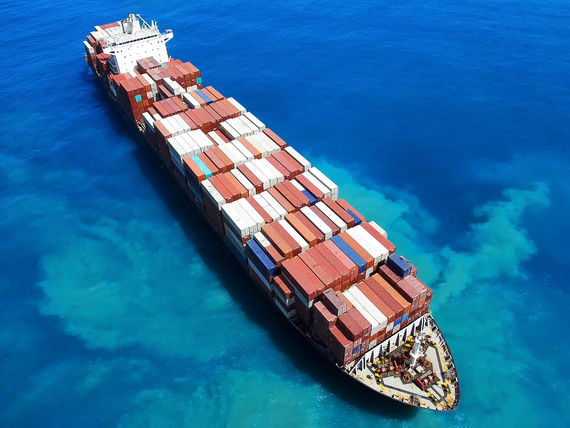Trendwatch: ILA strike: Biden declines to intervene, but pressures USMX; Liner schedule reliability: some improvement as strike turmoil begins; Port strike will see 60 more ships at anchor this week and rates rising

ILA strike: Biden declines to intervene, but pressures USMX
President Joe Biden and other administration officials are speaking up about the International Longshoremen’s Association’s ongoing strike at East and Gulf Coast ports.
Even before a strike began on Oct. 1, stakeholders urged government intervention to help the ILA and the United States Maritime Alliance, or USMX, reach an agreement. The Biden administration, however, has been vocal about not intervening with negotiations via the Taft-Hartley Act, White House Press Secretary Karine Jean-Pierre said during a Sept. 30 press briefing. The federal law gives a president the power to intervene in a strike.
Port strike will see 60 more ships at anchor this week and rates rising
As the port strike on the US east and Gulf coasts enters its third day, container supply chain analysts are beginning to calculate just how many vessels and how much capacity might find itself ensnarled in mounting congestion.
While the key factor will be the length of the port closures, Sea-Intelligence Consulting has forecast that the strike’s first week could lead to around 60 vessels at anchor off the US east and Gulf coasts awaiting berths, with around 775,000 teu of capacity tied up in the region.
Liner schedule reliability: some improvement as strike turmoil begins
On the eve of possible widespread disruption due to industrial action across US east and Gulf coast ports, schedule reliability across the container shipping sector has been marginally improving.
According to SeaIntelligence Consulting, global schedule reliability in August improved by 0.7 percentage points compared with July, to reach 52.8% of all sailings arriving on time, and it added that overall schedule reliability this year had stabilised within the 50%-55% range.
Container ship fleet now at 30 million TEUs
Fuelled by the newbuilding boom during the Covid-19-induced peak, the world container ship fleet reached 30 million TEUs in September, according to a report by shipbroking firm Clarksons.
Clarkson Research director Trevor Crowe noted that the boxship fleet has grown faster in recent years, compared to the early years of container shipping in the 1950s.
It was not until 1985 that the container ship fleet hit 1 million TEUs, and it took another 22 years for it to hit 10 million TEUs in 2007, and then a further nine years to reach 20 million TEUs in 2016. The latest milestone was reached after eight years.
Porto Itapoá aims for South America container port top spot by 2023
This latest investment will see the acquisition of new equipment and a significant expansion of its operational area. With this expansion, the terminal aims to become the largest container port in South America by 2033, a title currently held by the Port of Santos.
This latest expansion phase marks the fourth stage of a broader project aimed at significantly increasing the port’s capacity. Coupled with previously announced and ongoing investments, the total investment in the project now stands at $550 million.
Houthis strike back following Israel’s port bombings over the weekend
Two ships have been targeted by the Houthis today, the first confirmed strikes on merchant shipping in the Red Sea since the start of August.
The Panama-flagged tanker Cordelia Moon suezmax became the first ship to be targeted by the Houthis in 29 days early this morning.
An uncrewed surface vessel (USV) slammed into the ship some 64 nautical miles northwest of Hodeidah in Yemen, a port city that was hit hard by the Israeli military over the weekend.


